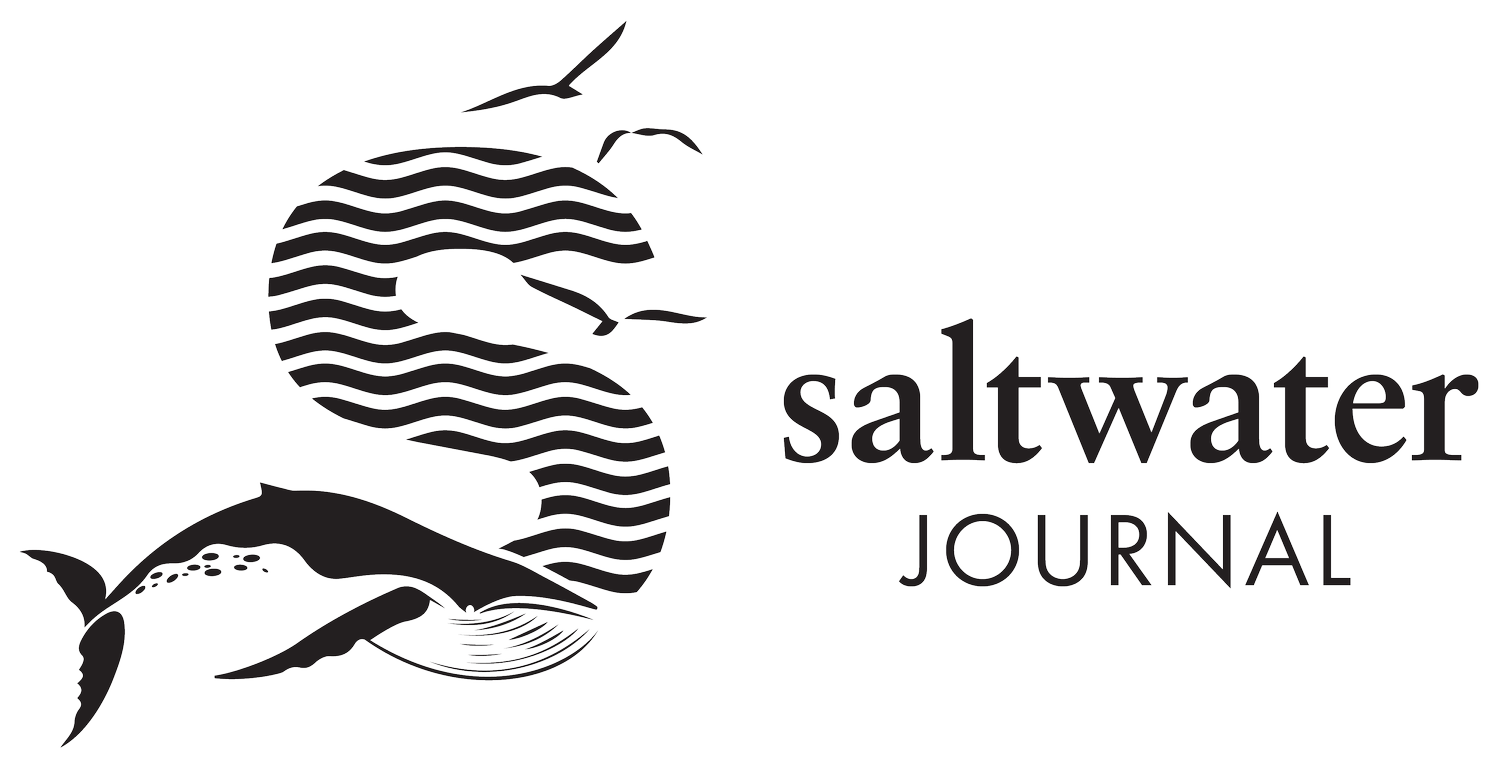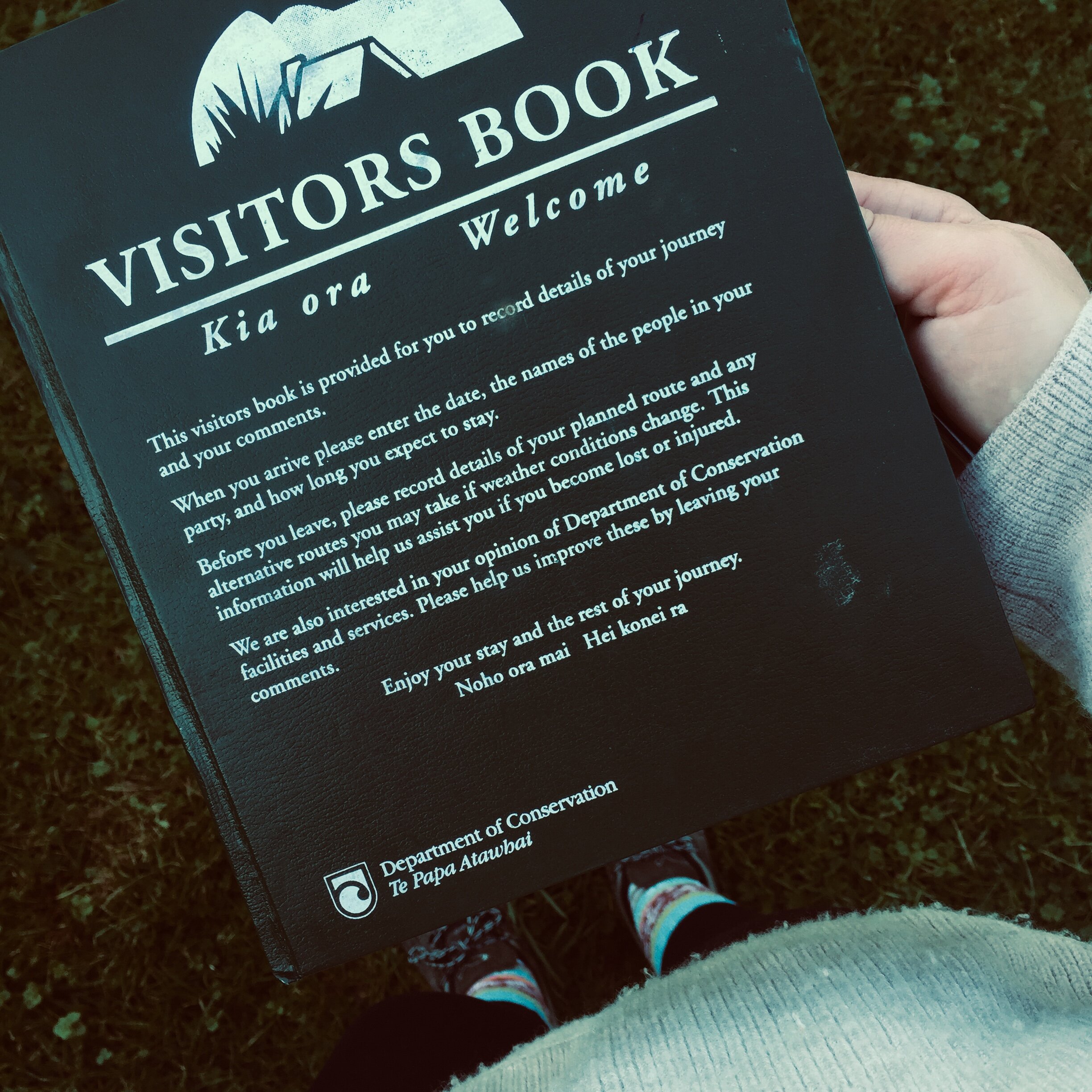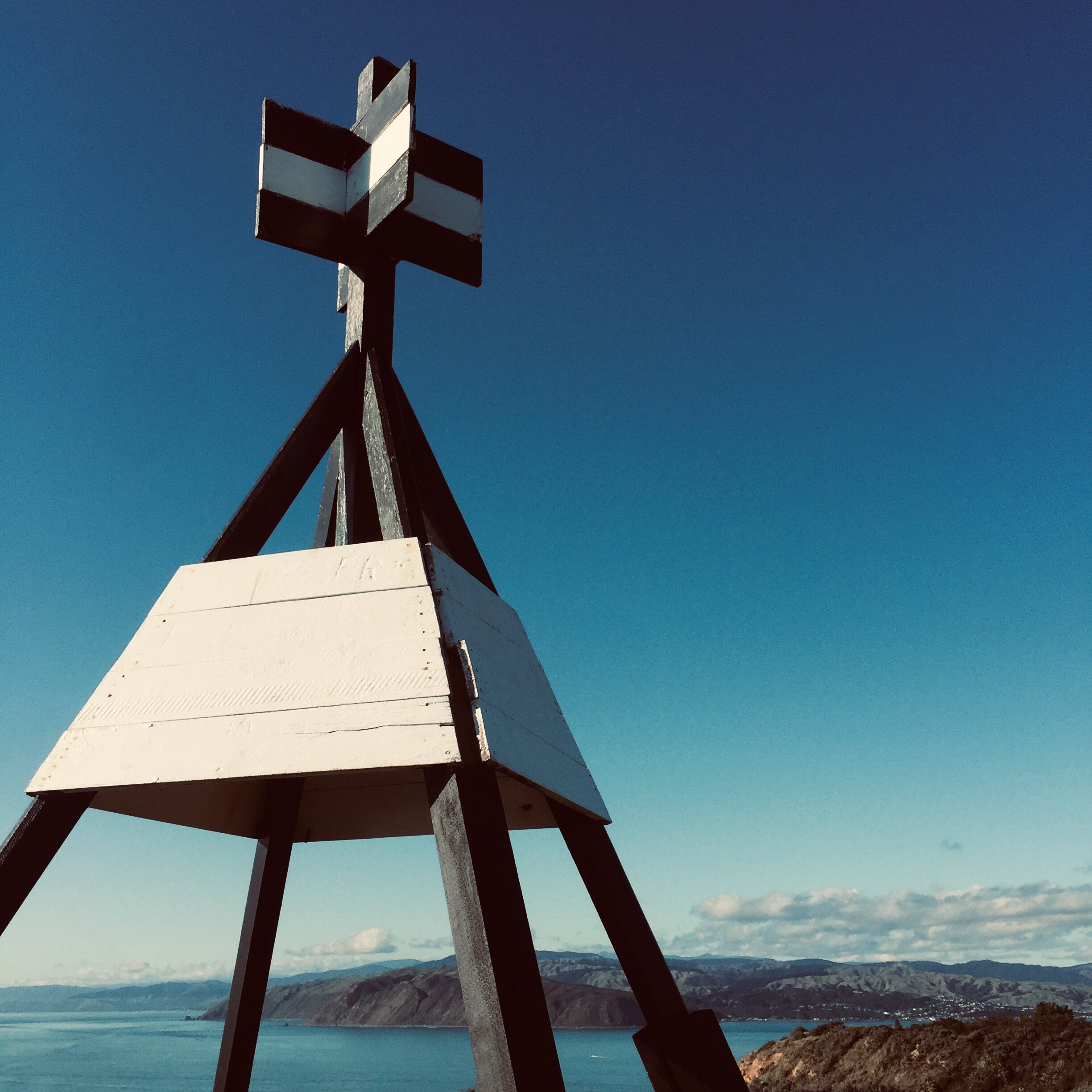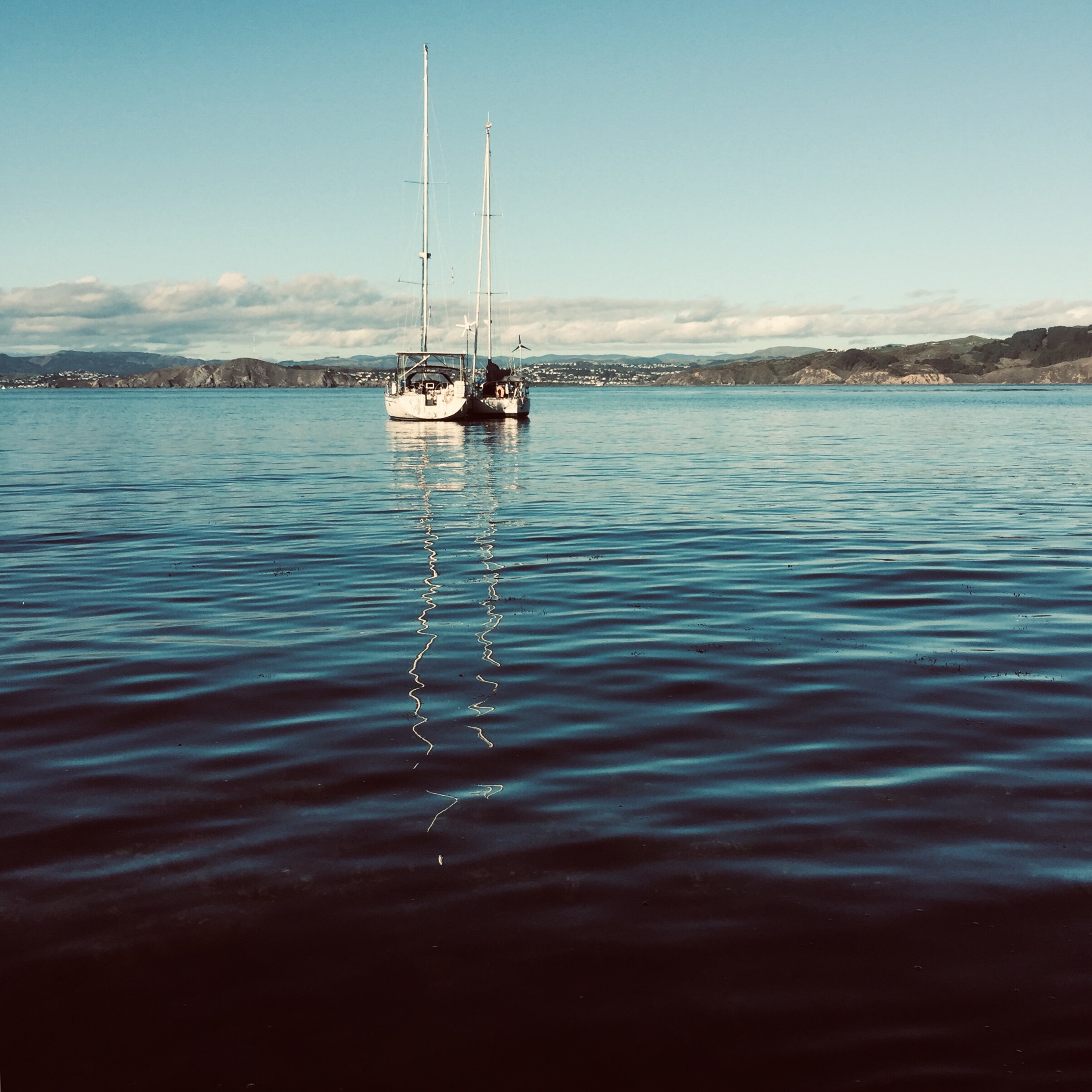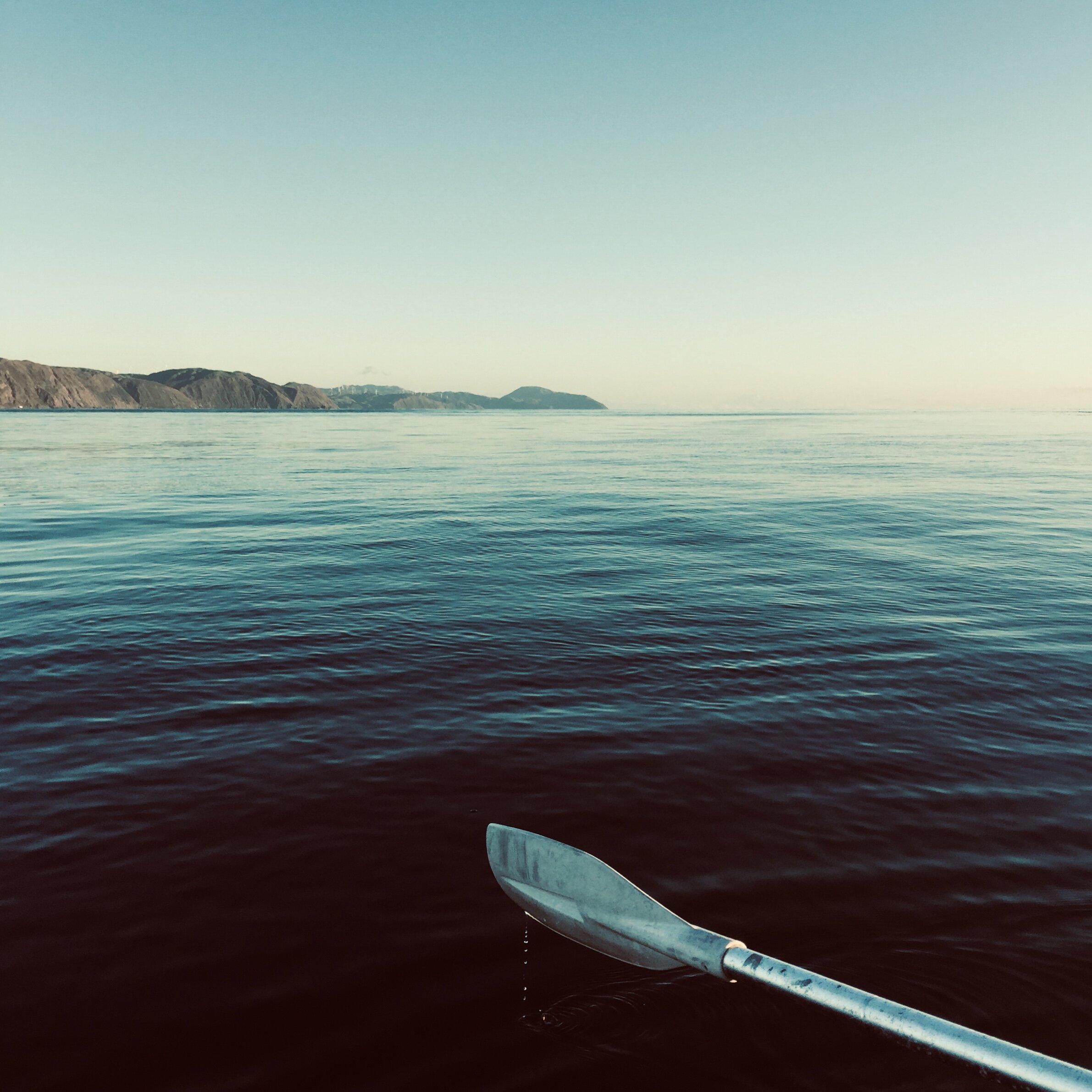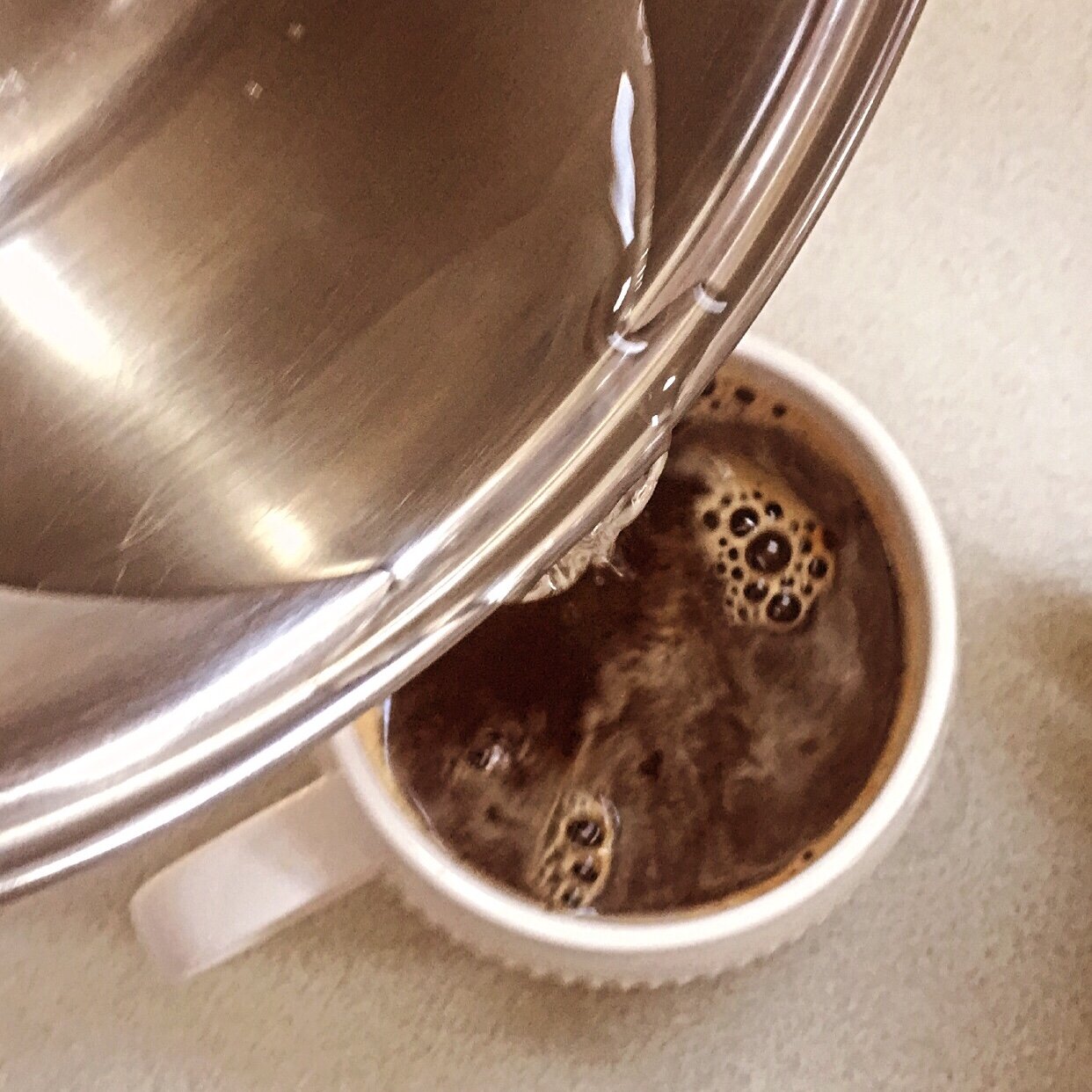Sailing to Mana Island
Te Mana o Kupe ki Aotearoa/Mana Island
Saltwater Journal is reader supported.
When you buy through our links we may earn an affiliate commission (at no extra cost to you)
Overview
Mana Island is a distinctive feature off the south Wellington coast. Steeped in history, with great day walks it’s only 5NM from Mana Marina and a fun day sail. Anchoring can be difficult around this rocky island, with strong rip tides and kelp forests, but there’s a Department of Conservation visitor mooring available for use and two more at the south end which are managed by Mana Cruising Club.
Key information
41.0901° S, 174.7812° E
Anchorage
3 moorings regularly maintained
Difficult holding for anchoring with rock, kelp and strong tide rips
Weather
Southern end is sheltered from winds from W to N
Moorings are prone to swell
Access
Visiting hours are between 8:00am and 5:00pm, Wednesday to Sunday and public holidays.
Access may be made only in the bay between the old woolshed and the wharf.
Hike
Multiple tracks — Tirohanga Track featured
Distance: 2km
Grade: Easy
Time: 40mins one way
Water & Stores
No public water (Supply for DoC only)
No stores — closest are near Mana Marina
Cell reception
Full coverage on mobile networks
Sailing NØRD to Mana Island
Our Journey
We love exploring the motu/island of Mana since it’s only an hour’s sail from Mana Marina. With the forecast sunny (and a fresh 10°C) we left our berth just before high-tide. Unfortunately, there wasn’t enough wind to put the sails up on NØRD but we enjoyed the flat sea.
Mana Island is administered as a Scientific Reserve and we don’t require a permit to visit but on landing, our first stop was to sign in with the visitors book. This is pretty important so the Ranger knows who’s on the island, and has a record of people coming and going. It’s kinda cool to see who’s been recently, and it’s the only mark we should leave behind (footprints excluded!).
Signing in at the Mana Island Visitors book
The History
On the way, we learned a little more about the history and whakapapa of Maori on Mana Island with evidence of human occupation back to the 14th century. Artefacts, like fish hooks, spears, and animal remains have been found in middens.
In the early 1820s, Ngāti Toa people from Waikato and Ngāti Awa from Taranaki swept into the region. The Ngāti Toa leader, Te Rauparaha and his nephew, Te Rangihaeata, both built whare (houses) and developed kumara gardens on Mana. The island is within view of pa sites at Whitireia Park and Plimmerton that belonged to the Porirua tribes Ngāti Tara and Ngāti Ira.
The island’s name is actually a contraction of Te Mana o Kupe ki Aotearoa, which refers to the ability of the explorer Kupe to cross the ocean to Aotearoa.
A carved wooden Pou stands watch over Mana Island
The Track
There’s a number of great walks on Mana Island. We chose the Tirohanga Track, which would take us to the Pari Raki Marira/North Bluff lookout. This was an enjoyable meander along the base of the island, with melodic native birdsong from Tūī and Korimako/Bellbirds, and friendly Piwakawaka/Fantail to keep us company. If we listened carefully, we could hear the rustle of geckos disturbed from their sunbathing, and we found plenty chilling out in the small viewing boxes (“lizard lounges”). The track cut inland for a short time, then up a well mown wide grassy path that meanders uphill and to the northern ridge past rowdy gannet colonies. Here Tī Kōuka cabbage trees stand tall over tussocky plains with beautiful views out from the island.
At the top of this track is a lookout erected on remnants of an old lighthouse which operated in the 1860’s. And wow is the uphill walk worth it — the views from Mana Island are incredible and it’s the best spot for a picnic!
1860’s woolshed
Tī Kōuka cabbage trees with views to Plimmerton
Easy tracks — no complaints!
We have a close encounter with a common gecko
Our Top 3 Highlights of the Trip
1. The Views
On a clear day like this, the lookout from Mana Island provides spectacular views west across Cook Strait to the top of the south island where the cruising grounds of Marlborough Sounds to Durville Island can be seen. Looking south is the coast of Wellington, and to the north and east are views to Kapiti Island and Plimmerton. While it’s typically pretty windy, standing on the edge of the ridge up here sure makes you feel good to be alive.
Mana Island lookout with views north
Te Wai Pounamu/South Island of Aotearoa across Cook Strait
Pick a place and let’s sail there
Jeff takes in the views from the lookout
Wilderness at Mana Island
3. Takahē
On the way down, be bumped into a few groups of Takahē stalking around, giving off a somewhat dinosaur-like vibe. These large vibrant coloured birds are actually the world’s largest living rail (a family of small-medium sized ground-dwelling birds with short wings, large feet and long toes) — and the kinda information that my husband (my beloved bird-nerd) is happy to reel off on the hike back. It’s also native to New Zealand, and like the Kiwi, is flightless and while it looks similar to a Pukeko, has a bit more clout. I’ll admit, it’s pretty cool to see Takahē in the wild.
Takahē
3. A Calm Anchorage at Sunset
Enjoying a calm anchorage with a hot cup of coffee in winter and watching the birds is one of my favourite things about living on a boat. This evening was one of the good ones. As we watched the sun sink over the satin sea, so did the temperature so we grabbed our woollen blankets and sat in the peace and quiet before heading back to Mana Marina on high-tide.
NØRD rafted up with Pebbles
And sitting pretty
Tara warms up with a hot brew back onboard
Overall
It’s easy to see why Mana Island is one of our favourite day sails in Wellington. It’s loaded with interesting walks, and great bird and wildlife watching. We enjoyed a good stretch of our legs, soaked up the sunshine and despite the chilly winter temperature, highly-recommend exploring here all year round.
Special mention to the friendly Department of Conservation Ranger and his lovely family currently living on Mana Island, who take such care to preserve the biodiversity and educate visitors. And to Friends of Mana Island who work hard with DoC towards the restoration of indigenous vegetation and wildlife species on this special motu.
